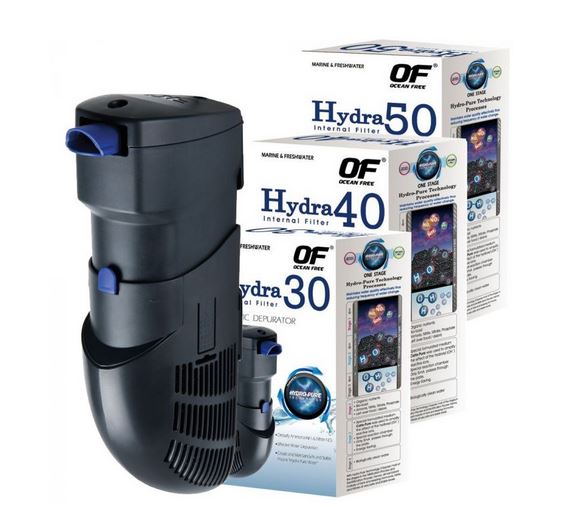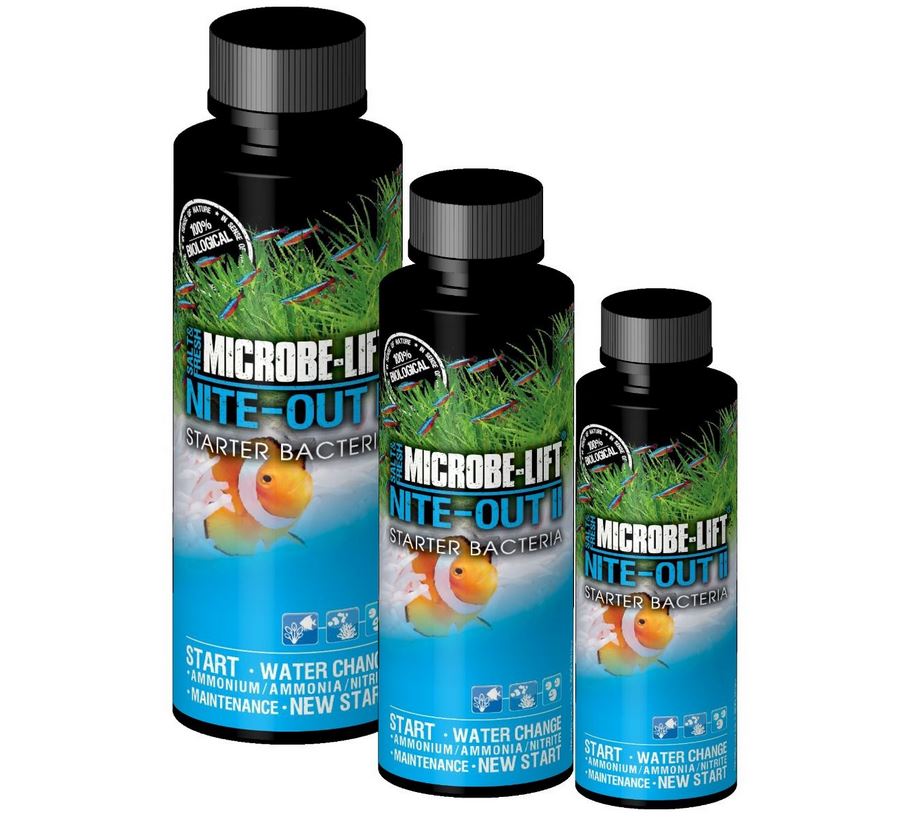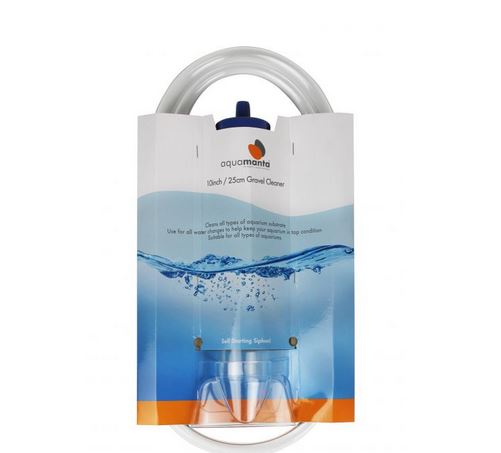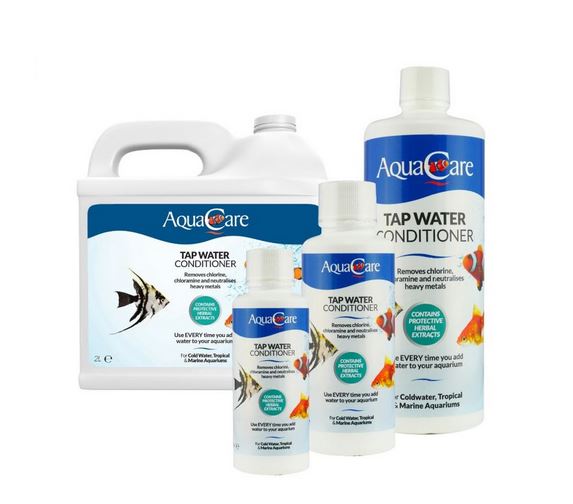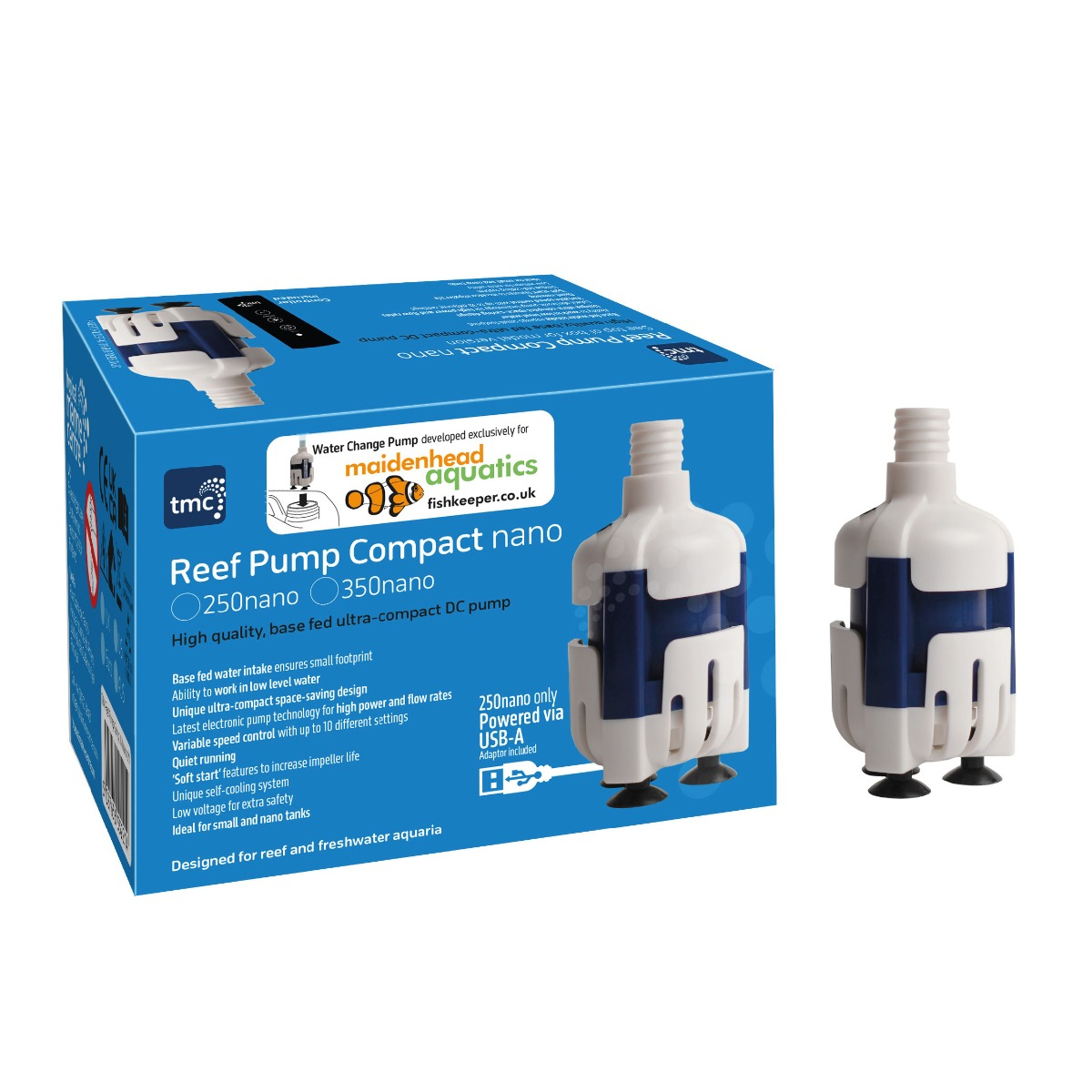The Stay at Home Fishkeeper - Part 2
If you’ve been looking longingly out the window yearning for some fresh air, then spare a thought for your fish – they live in an environment that depends on us to keep things sweet. Water changes are as much a part of the hobby as glass aquaria, so let’s look at what goes on inside the tiny world we create for our pets and how we can tweak things to make the most of maintenance.
Starting with the basics, fish pollute the water they swim in purely by living in it. Every gill beat, every feed and even in the case of some cichlids, every time they urinate as part of their display behaviour. All of this pollution has to go somewhere in the closed loop of an aquarium and this is where the nitrogen cycle comes in, unless you have a Hydra filter which removes nitrogenous waste in the first stages before it breaks down and reduces nitrate accumulation by cutting it off at source. Even these units won’t prevent bacteria colonising your system though; fish tanks are dynamic systems after all and they’ll quietly get on with things, converting lethal ammonia into noxious nitrite then less harmful nitrate.
Many of the issues faced by aquarists are due to problems with the balance between bacterial populations and fish populations and we’ve found that there are a couple of lifesaving products that can introduce bacterial reinforcements when needed. This is especially important for new systems or those facing a sudden increase in waste levels due to filter failure or the use of heavy medication. In these circumstances we’d recommend adding reinforcements and we’ve consistently seen good results from the Microbe Lift range
You can see that in a hobby where many of the issues are literally crystal clear, water testing is the secret to understanding what’s happening at any given moment. Don’t forget that a water test is like a photograph and only records a moment in time – levels will fluctuate due to various factors such as feeding and even photosynthetic action of aquatic plants. In an established aquarium ammonia and nitrite will tend to settle at levels that are undetectable but there are conditions where this isn’t the case. We find that systems with extremely low carbonate hardness can test positive for low levels of nitrite because the filter bacteria are struggling.
Only by testing your carbonate hardness or KH along with your nitrite will a situation such as this be revealed. Note that this is one of two measures of hardness and general hardness (GH) won’t always relate to carbonate hardness. KH is also an important element in fish health and has been a bit neglected in favour of the nitrogenous waste compounds. In many situations, low KH will lead to fish losses that aren’t linked to other factors and frustrate attempts to solve the problem with medications for misdiagnosed illness. Even after the crazy days of maturation and chasing ammonia and nitrite it’s worth testing to see what’s going on and what measures need to be taken. Dip tests are popular as fast and approximate tools, they’re also used by our staff to check customers’ water due to the health and safety implications involved in using liquid reagents but for home use, we’d recommend a good liquid test kit: https://www.fishkeeper.co.uk/aquarium-products/test-kits/liquid-test-kits
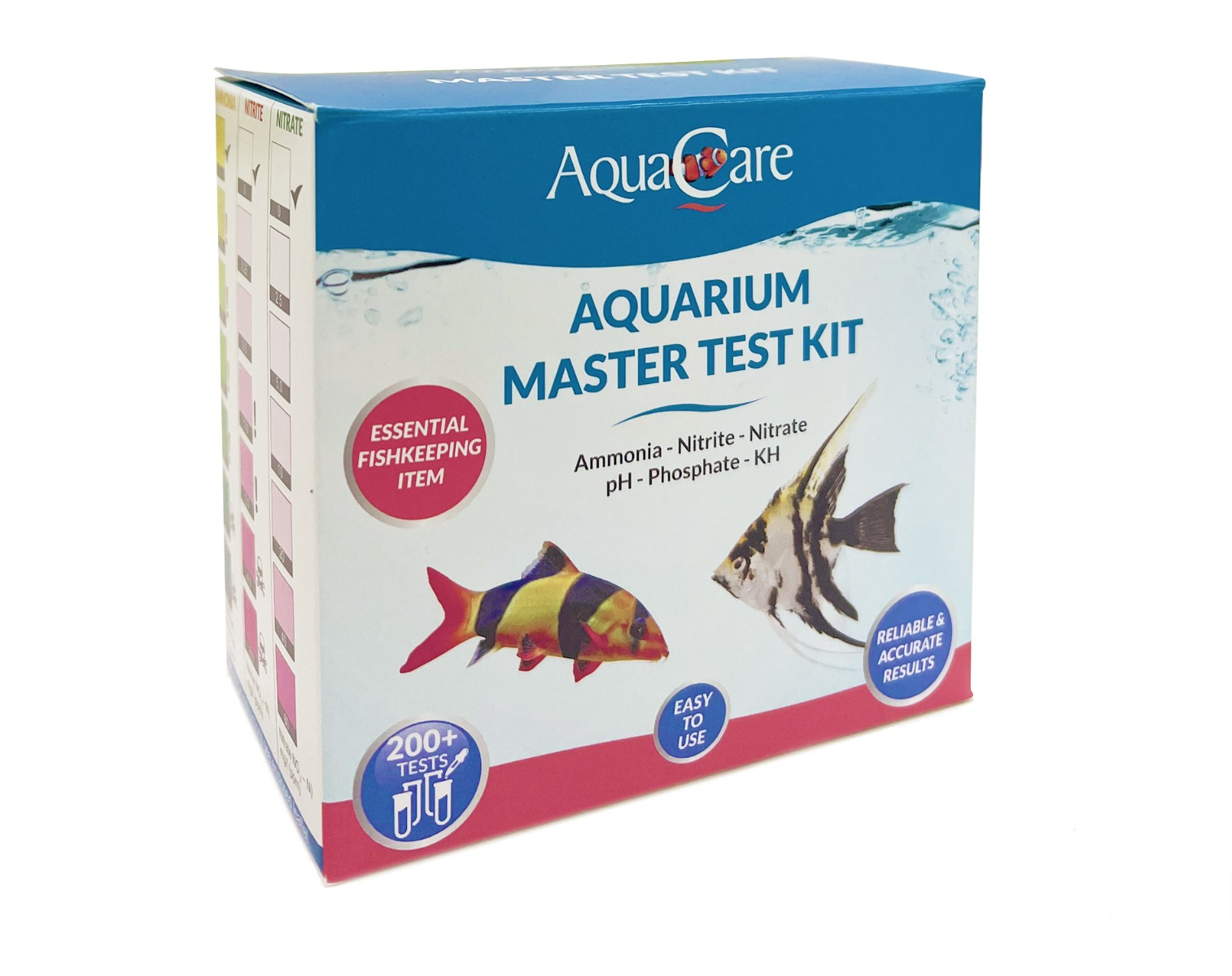
Measuring your nitrates, phosphates and KH can give you the tools to tailor a maintenance schedule that fits your system and stocking levels. The first two will rise between changes in most aquaria that aren’t dominated by plants, whereas the KH will tend to fall. Depending on the quality of your source water, it may be that a regular partial change of around 25% tops up the carbonate hardness to 6dKH or above, as well as diluting nitrates and phosphates. As well as these waste products from biological filtration, other substances build up in old aquarium water such as tannins from bogwood and leaf litter (which may be desirable) and metabolic by-products such as pheromones secreted by the fishes (which may not). As you can’t test for these, it’s sensible to use nitrate accumulation as a good measure of the rate at which your water becomes laden with undesirable compounds. If you choose to boost tannins, adding products such as dried Catappa leaves can help, as well as adding a microhabitat that many of our tropical fish are used to.
To make the most of your water changes, it’s good to remove as much solid waste as possible. Detritus accumulations break down into polluting organics as well as providing a refuge for parasites and pathogens. For all the areas you can reach, a gravel-cleaning siphon https://www.fishkeeper.co.uk/aquamanta-gravel-cleaner or vacuum https://www.fishkeeper.co.uk/provac-powered-aquarium-gravel-cleaner is a very useful accessory. For those areas of the system that are less accessible, a bacterial sludge remover https://www.fishkeeper.co.uk/microbe-lift-substrate-cleaner can be used. Whichever technique you use, we’ve found that reducing background waste levels has a dramatic effect on the health of the aquarium and its inhabitants, especially those species used to the relatively sterile conditions found in acidic natural habitats.
No conversation about water changes, nitrates and phosphates is complete without discussing tap water. In some parts of the country, agricultural run off and water authority additives make tap water an undesirable choice for fish keeping by introducing high levels of nitrate and phosphate before it even comes into contact with our pets. In these conditions, it’s wise to use an alternative such as reverse osmosis processed water or R.O. for short. As this water has been stripped of most dissolved minerals, it needs to have the essential carbonates reinstated – this can either be done in store (our staff will normally ask if you want buffer added).
If your tap water tests clear of excessive pollutants, then you may just need to treat it with a water conditioner that detoxifies chlorine and chloramine https://www.fishkeeper.co.uk/aquacare-tap-water-conditioner before use. Some of the harmful constituents of tap water are more persistent than others, so although standing containers overnight may allow chlorine to dissipate, it won’t remove contaminants such as heavy metal residues.
Water is heavy stuff, and the chances are that most of us don’t enjoy the act of lugging containers about. This means a large water change can be an act of physical labour that becomes a bit daunting and therefore gets put off. A water change pump like the TMC Nano Water Change 350 can save a lot of lifting when refilling the aquarium and importantly, the most useful can fit through the restricted openings of water containers. Old aquarium water tends to be very fertile stuff and it’s a shame to waste it when it’s so good for watering plants both indoors and out.
If you’ve the time and inclination, it’s interesting to see what a huge difference very frequent water changes can make. Many breeders feed their young fishes heavily and balance this with water changes of up to 50% daily, creating ideal conditions for growth and lightening the burden on filtration. Changing 25% of your aquarium water daily for four days achieves an almost complete change with much less stress and can drastically reduce algae growth too. Often this approach is a much better alternative to a big strip-down deep clean and accomplishes much the same results. Daily water changes are a familiar practice in commercial facilities, and we carry them out in our stores, although this is normally made easier by the design of our systems. While you’ve the time to try it, double the frequency of your water changes and see how your pets enjoy a breath of fresh water.
